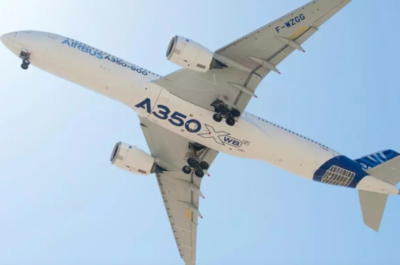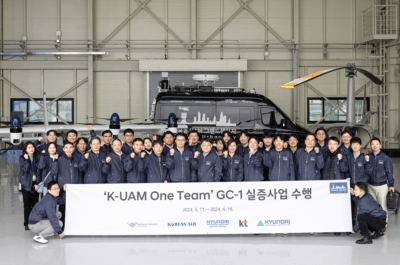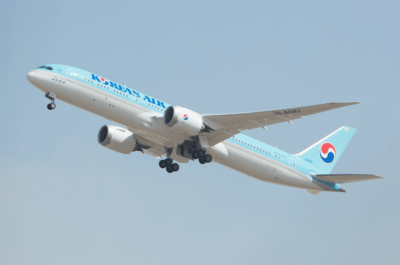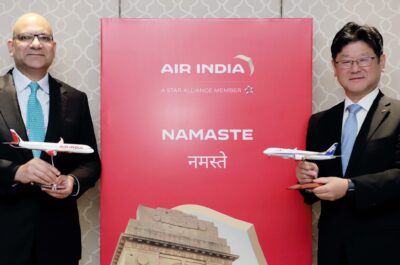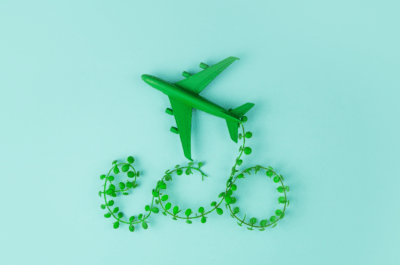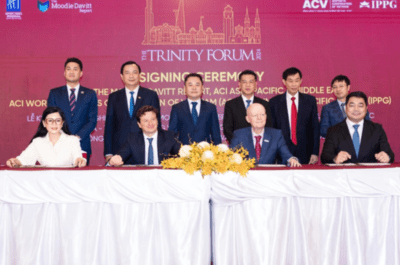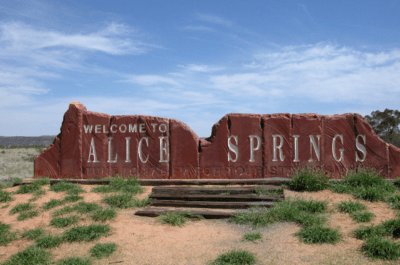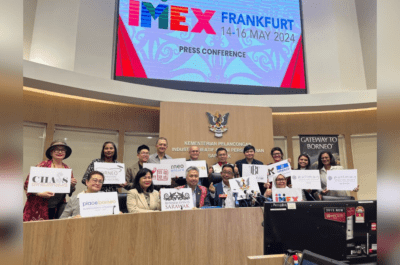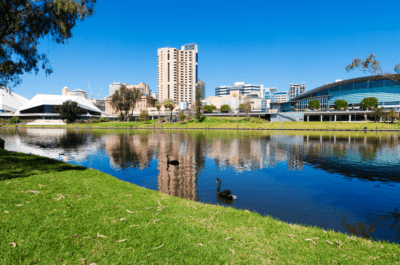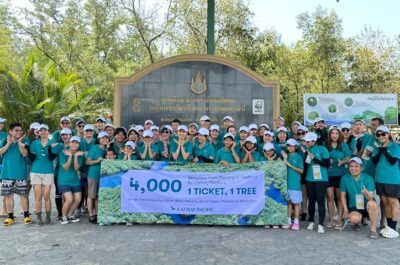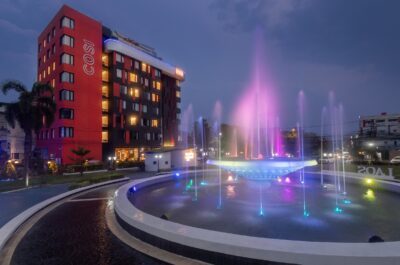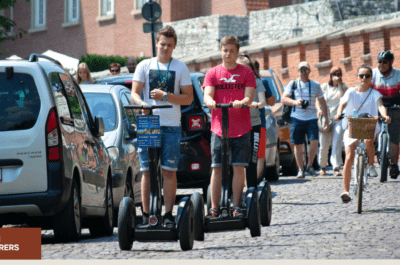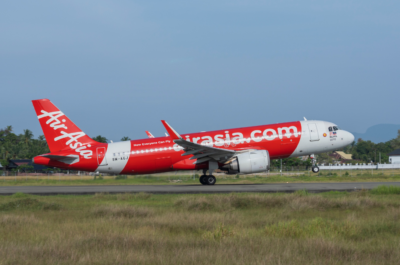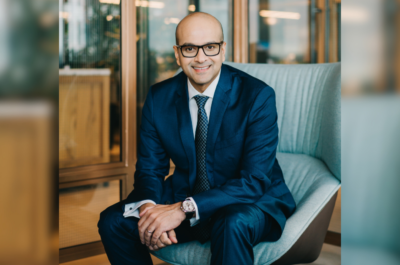Twenty five Chinese students master the rigors of year-long US Pilot Training Program concentrating on safety.
After 12 months of books, homework, aviation English lessons, and flying under all kinds of conditions and flight simulations at TransPac Aviation Academy, 25 Chinese students have earned their way to become pilots in China and worldwide. On April 10th at 10 am, the Chinese students will receive their graduation certificates and their wings from TransPac, one of the largest schools of its kind.
“The students have worked hard to learn in a new country and a foreign language – all with the hopes of being among the leaders in flight in their home country of China,” said TransPac Aviation Academy Chief Executive Officer Stephen Goddard. “These students could fly the same route as taken by the unfortunate Malaysian Airlines flight MH 370, so for this class and as always, safety is at the top-of-mind for all TransPac graduates.“
Greg Feith, a former National Transportation Safety Board Lead Investigator and current international media commentator on the missing Malaysian flight, has recently audited TransPac’s program for safety and instructional integrity and said, “TransPac is a top-tier facility and provides the best training of it’s kind, anywhere.”
The 25 graduating students came to the United States eager to earn their pilot licenses and were carefully preselected according to their potential in China. TransPac Aviation Academy has up to 400 graduates each year, mostly from China. The training program is amongst the most demanding of any flight school considering the school’s approximate hundred-thousand-flight-hour-per-year activity. The program involves polishing students’ aviation English skills, flight simulations, reacting to all challenging flight conditions such as bad weather, and much more. TransPac uses a combination of classroom, flight simulator and hands-on inflight training to prepare their graduates for the real world of aviation.
The planes the students train in include the Piper Archer III (PA28-181), the Piper Seminole (PA44-180), and the Beechcraft King Air (BE-90). The King Air gives students the chance to learn airline-style operating procedures and manuals. It is the ideal transition aircraft with advanced electrical, hydraulic and pressurization systems.
The licenses the graduating students received include PPL – Private Pilot License, IR – Instrument Rating, CPL – Commercial Pilot License, ATP – FAA Knowledge Test Endorsement, and the High Performance Certificate from TransPac for advanced turbine systems. Students will go on to fly Airbus, Boeing, and Gulfstream, which are used by most domestic airlines in China.
The vast majority of students are already sponsored by commercial airlines waiting to hire them when they return with their licenses.
“The great weather, high aircraft availability and superior instructors at TransPac mean a lot to students,” said Lingtong Kong, a graduating student also know as “Harvey” by his instructors. “They allow us to be able to maximize our aviation training every day. We go from having zero experience to becoming a fully qualified commercial pilot in 12 months. Other schools cannot do this.”
TransPac Aviation Academy offers a variety of programs, including the Career, VA, ATP, Self-Paced and Degrees. Financing is available through numerous means giving all national and international prospective students outstanding opportunities to pursue their aviation careers and dreams. Regional representatives from around the world are available to answer questions about the program.
Photo caption : TransPac Aviation Academy graduation
Theodore is the Co-Founder and Managing Editor of TravelDailyNews Media Network; his responsibilities include business development and planning for TravelDailyNews long-term opportunities.




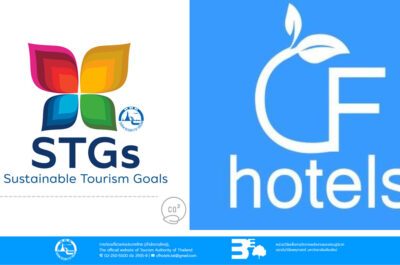
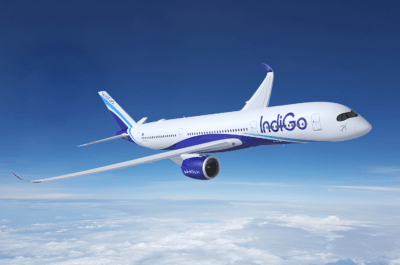






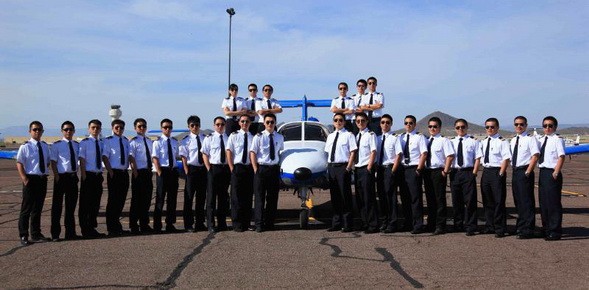










![[PR] PR_Ascott and Vimut Hospital_2024](https://www.traveldailynews.asia/wp-content/uploads/2024/04/PR-PR_Ascott-and-Vimut-Hospital_2024-400x265.jpg)




